Yongpan Sheng
CEGRL-TKGR: A Causal Enhanced Graph Representation Learning Framework for Improving Temporal Knowledge Graph Extrapolation Reasoning
Aug 15, 2024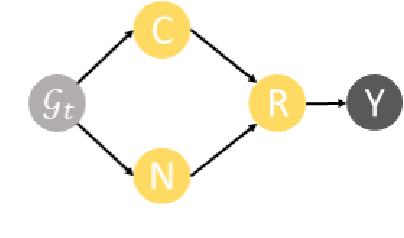

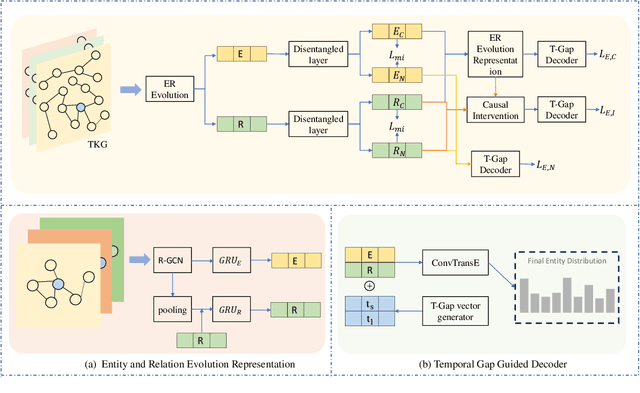
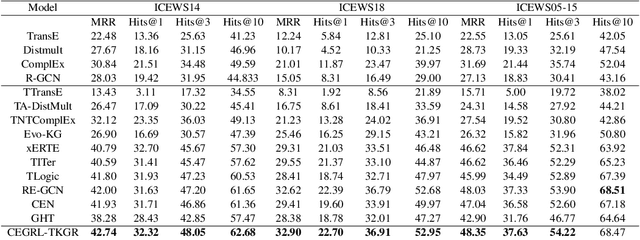
Abstract:Temporal knowledge graph reasoning (TKGR) is increasingly gaining attention for its ability to extrapolate new events from historical data, thereby enriching the inherently incomplete temporal knowledge graphs. Existing graph-based representation learning frameworks have made significant strides in developing evolving representations for both entities and relational embeddings. Despite these achievements, there's a notable tendency in these models to inadvertently learn biased data representations and mine spurious correlations, consequently failing to discern the causal relationships between events. This often leads to incorrect predictions based on these false correlations. To address this, we propose an innovative causal enhanced graph representation learning framework for TKGR (named CEGRL-TKGR). This framework introduces causal structures in graph-based representation learning to unveil the essential causal relationships between events, ultimately enhancing task performance. Specifically, we first disentangle the evolutionary representations of entities and relations in a temporal graph sequence into two distinct components, namely causal representations and confounding representations. Then, drawing on causal intervention theory, we advocate the utilization of causal representations for predictions, aiming to mitigate the effects of erroneous correlations caused by confounding features, thus achieving more robust and accurate predictions. Finally, extensive experimental results on six benchmark datasets demonstrate the superior performance of our model in the link prediction task.
Joint Semantics and Data-Driven Path Representation for Knowledge Graph Inference
Oct 06, 2020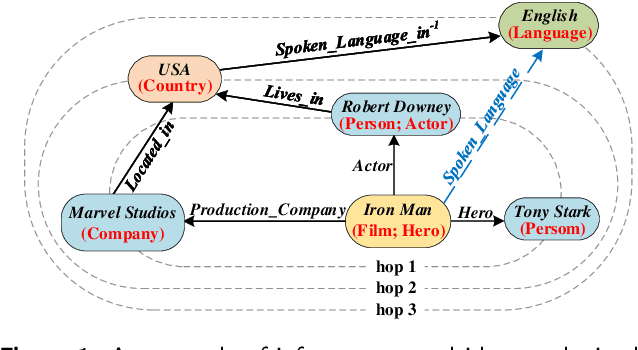

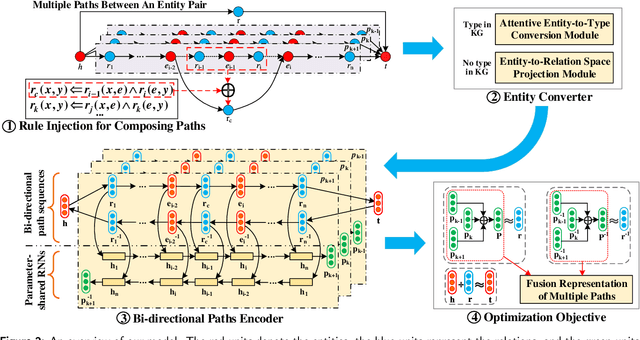
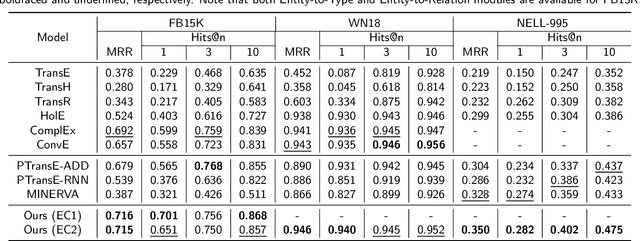
Abstract:Inference on a large-scale knowledge graph (KG) is of great importance for KG applications like question answering. The path-based reasoning models can leverage much information over paths other than pure triples in the KG, which face several challenges: all the existing path-based methods are data-driven, lacking explainability for path representation. Besides, some methods either consider only relational paths or ignore the heterogeneity between entities and relations both contained in paths, which cannot capture the rich semantics of paths well. To address the above challenges, in this work, we propose a novel joint semantics and data-driven path representation that balances explainability and generalization in the framework of KG embedding. More specifically, we inject horn rules to obtain the condensed paths by the transparent and explainable path composition procedure. The entity converter is designed to transform the entities along paths into the representations in the semantic level similar to relations for reducing the heterogeneity between entities and relations, in which the KGs both with and without type information are considered. Our proposed model is evaluated on two classes of tasks: link prediction and path query answering task. The experimental results show that it has a significant performance gain over several different state-of-the-art baselines.
 Add to Chrome
Add to Chrome Add to Firefox
Add to Firefox Add to Edge
Add to Edge